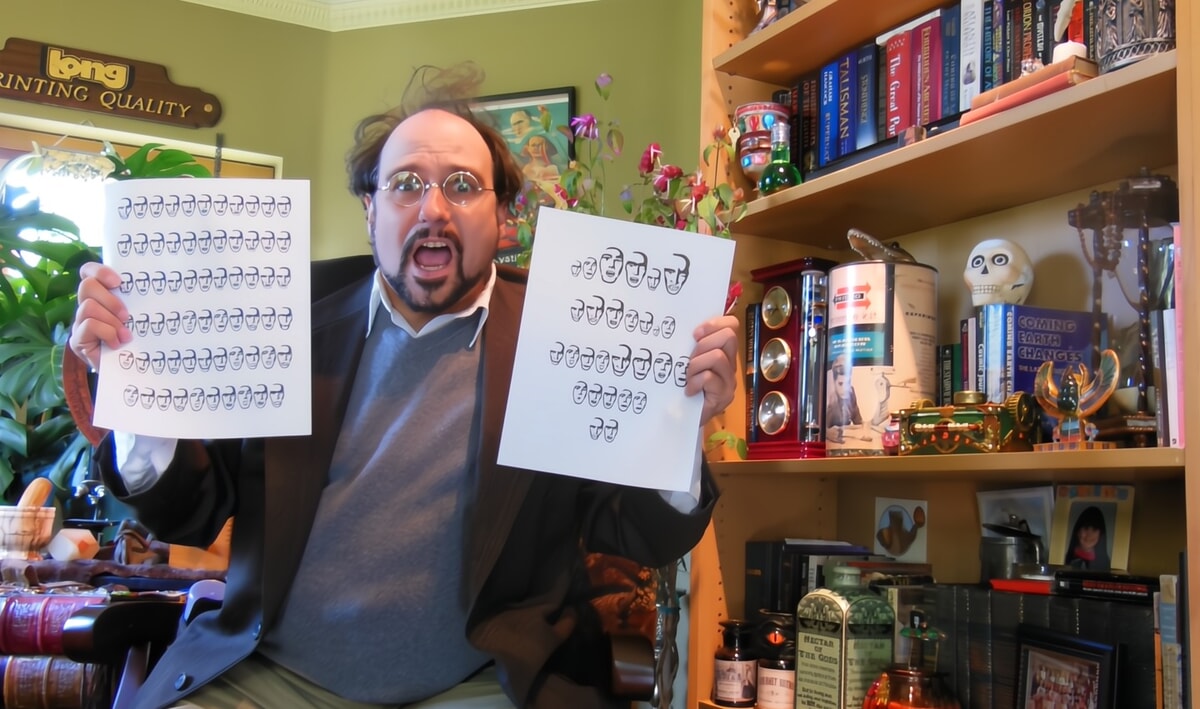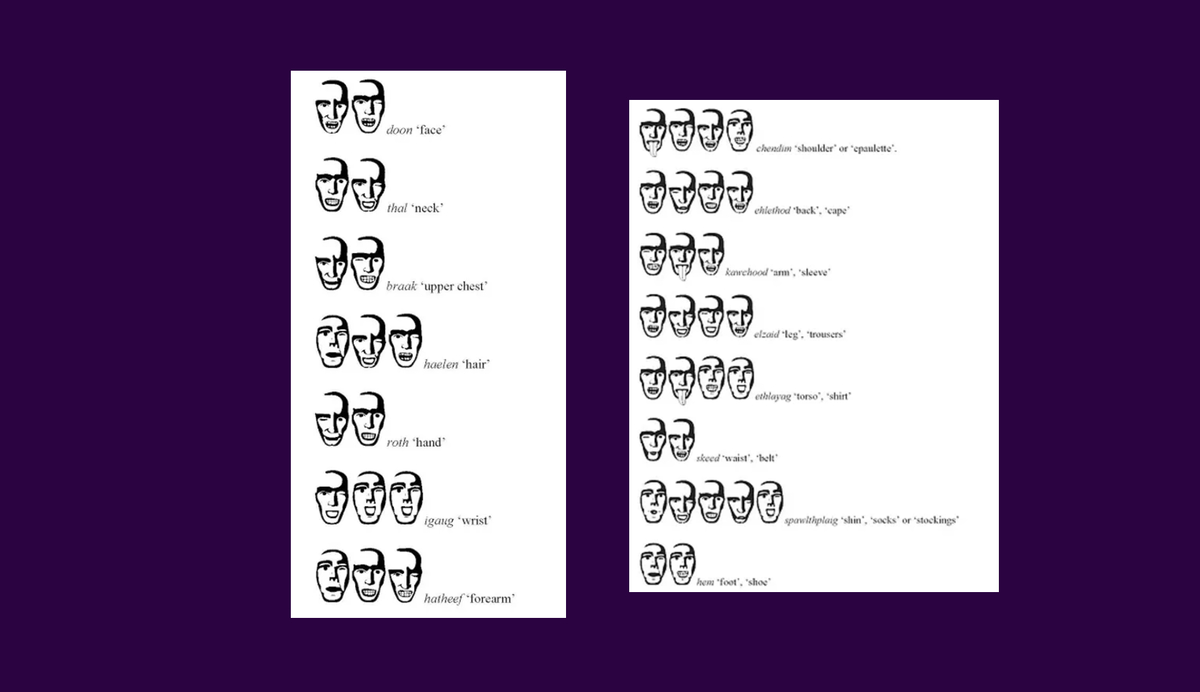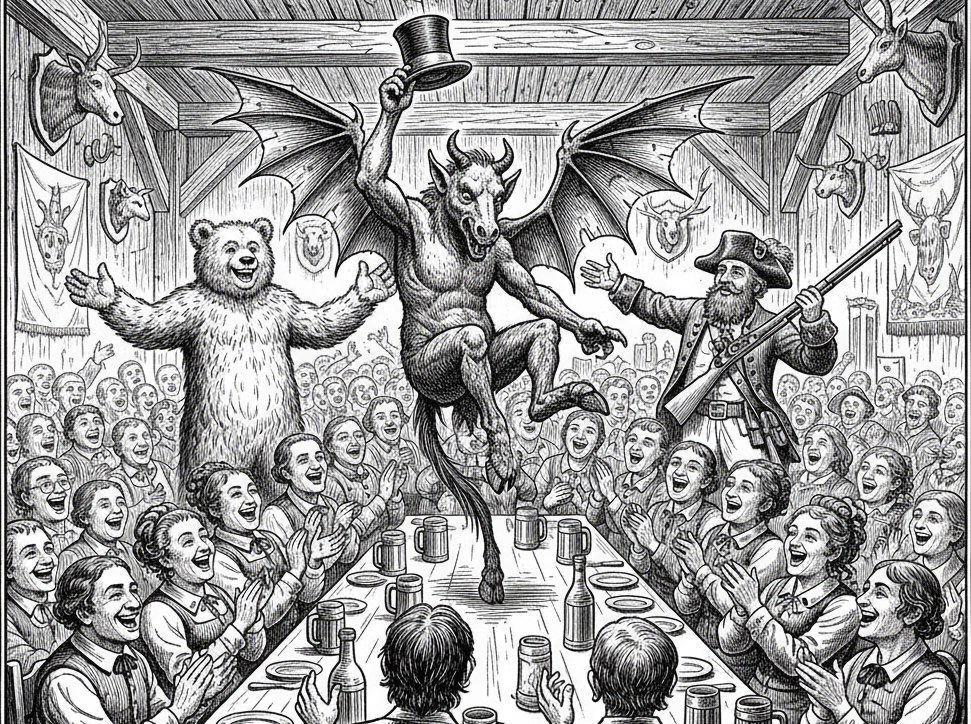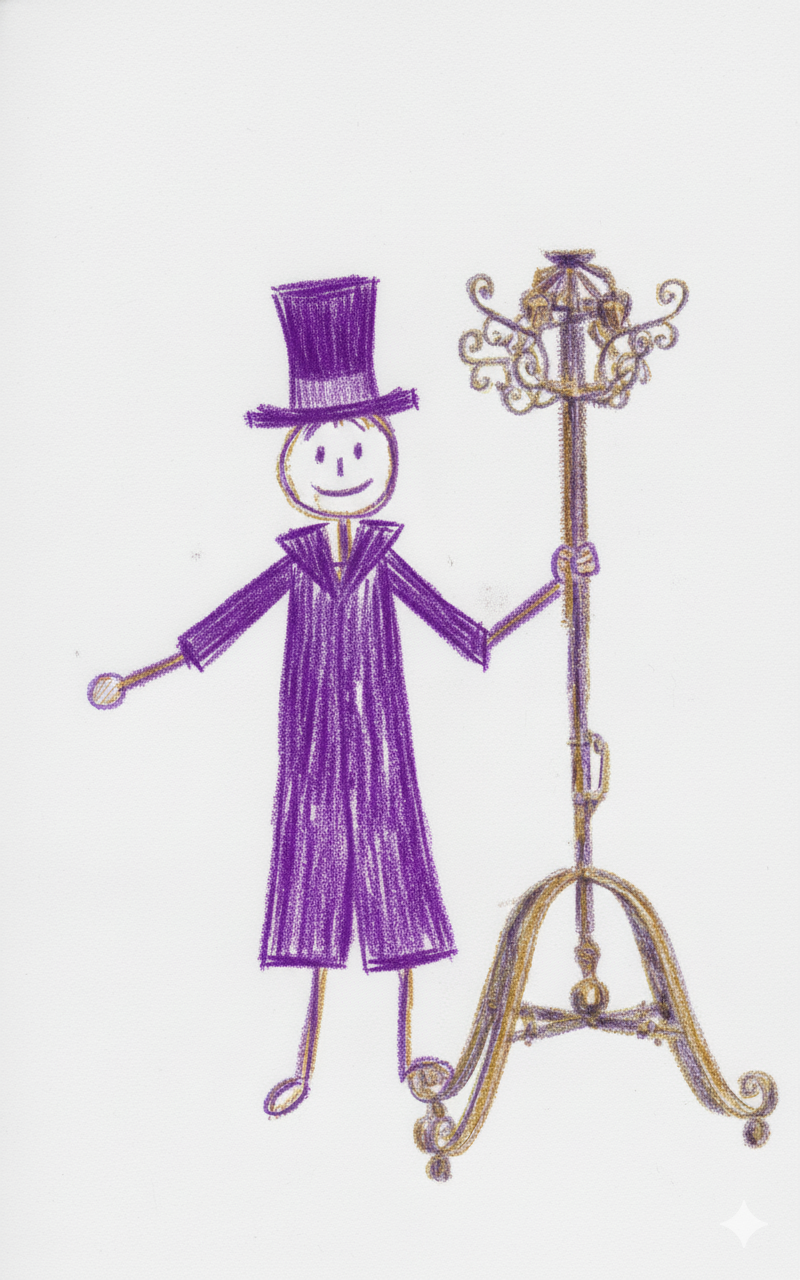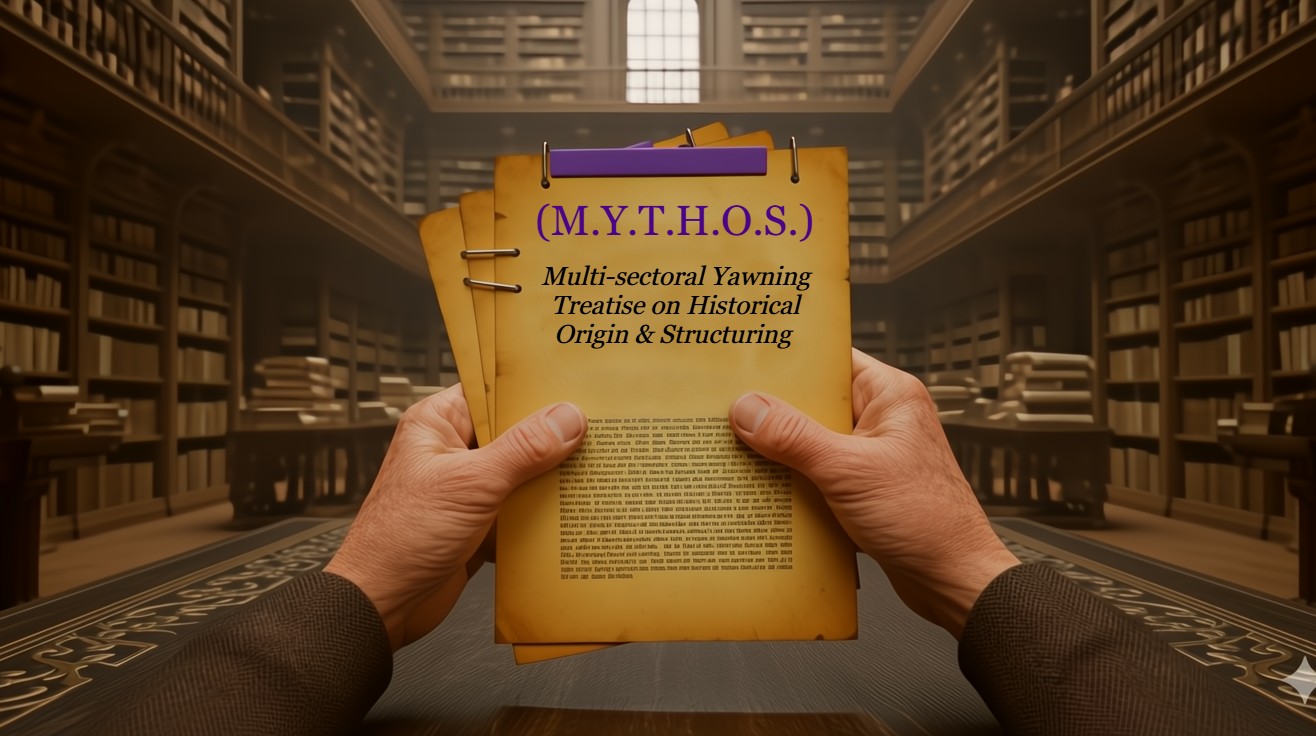Professor T. Halberd
6 years ago
Body Parts in the accursed language
In every culture, society and lost civilization the names for the parts of the body tend to be the oldest of all words. Altering little over the eons and remain curiously static through many generations. Greetings, my name is Dr. T Halberd from Extempory College's Ancient Linguistics Department. I hate to cut through the pleasantries, but i must begin! Today I would like to share with you some of my newest findings concerning the enigmatic and underground group, for which there is no official name, yet I call Harkeens--from their strange symbol. I have uncovered a new and exciting piece of evidence which, I believe, will allow me to unlock more of their code-like language. This newest find is a rude diagram of a dismembered human body and on it, writings indicating the names of the different parts of the carcass. Interestingly, I did not receive this through any of my contacts but rather found it affixed to my chamber door via a dagger of some type. Although frightening, I assumed it was merely a Halloween stunt from a student of mine and posed no real threat to my person. However, the names of the severed limbs are of great use to me as I can now know more about how this elusive group identifies their bodies.
Thus far, I have deciphered the following terms, with some help from my industrious Graduate student BenJamin P. Johnson. The first are called brem 'uncovered,' which are terms for the areas of the body that are normally not covered by clothing.
The word for 'face', doon, also has a counterpart gawbren. Doon refers to an individual's face, specifically just the front portion of the head, not including hair or ears – the visage, if you will --while gawbren is the whole face or expression (such as making a face), or faces in a crowd, and has the additional meaning of 'letter' or 'character,' referring to the mysterious face-like letters that make up this tongue.
The second set of terms is reserved for 'covered' areas, which are called tuhng. Each tuhng has a dual meaning, referring to both the body part, and to the garment which is meant to cover it.
The Pictures tell the tale!
Furthermore, the term brem may be appended to a word that naturally falls into the tuhng to indicate that that area of the body is out of its ideal state (i.e. that it is uncovered). Kawchoodbrem, for example, would indicate a bare arm, or hembrem a bare foot. This suffix often has a negative connotation. Conversely, tuhng may be suffixed to a body part that is ideally uncovered, such as haelentuhng 'hat' or rothtuhng 'glove'. This suffix has a positive connotation, as though one is going "above and beyond" the minimum expected level of being an expressive and creative being, none moreso than the word doontuhng, 'mask'.
All of this I have found fascinating, to be sure, yet I have not found any particular reason for the parchment having been heinously tacked to my door. But I can only laugh to myself, and hope that my curiosity has not been noticed.
